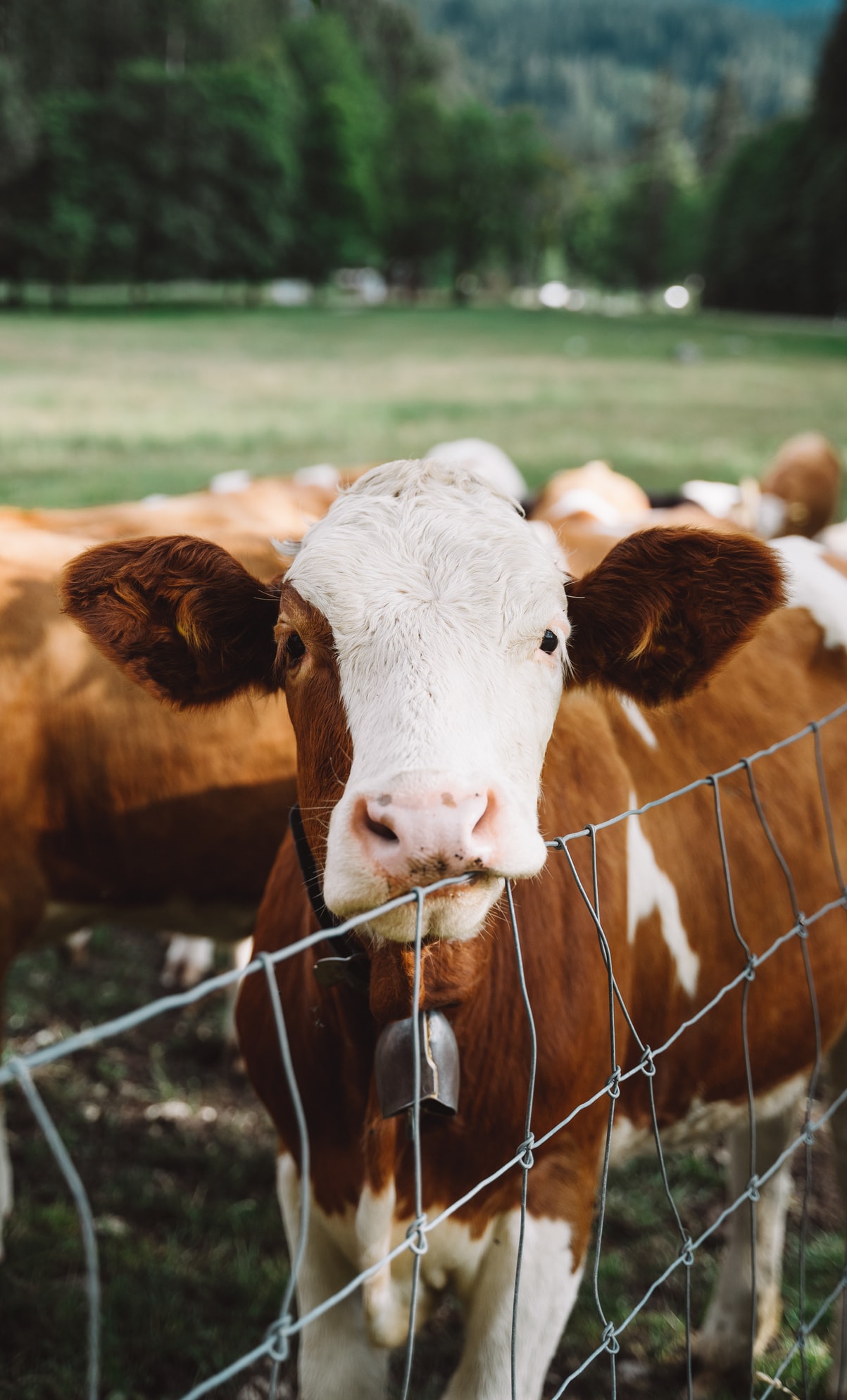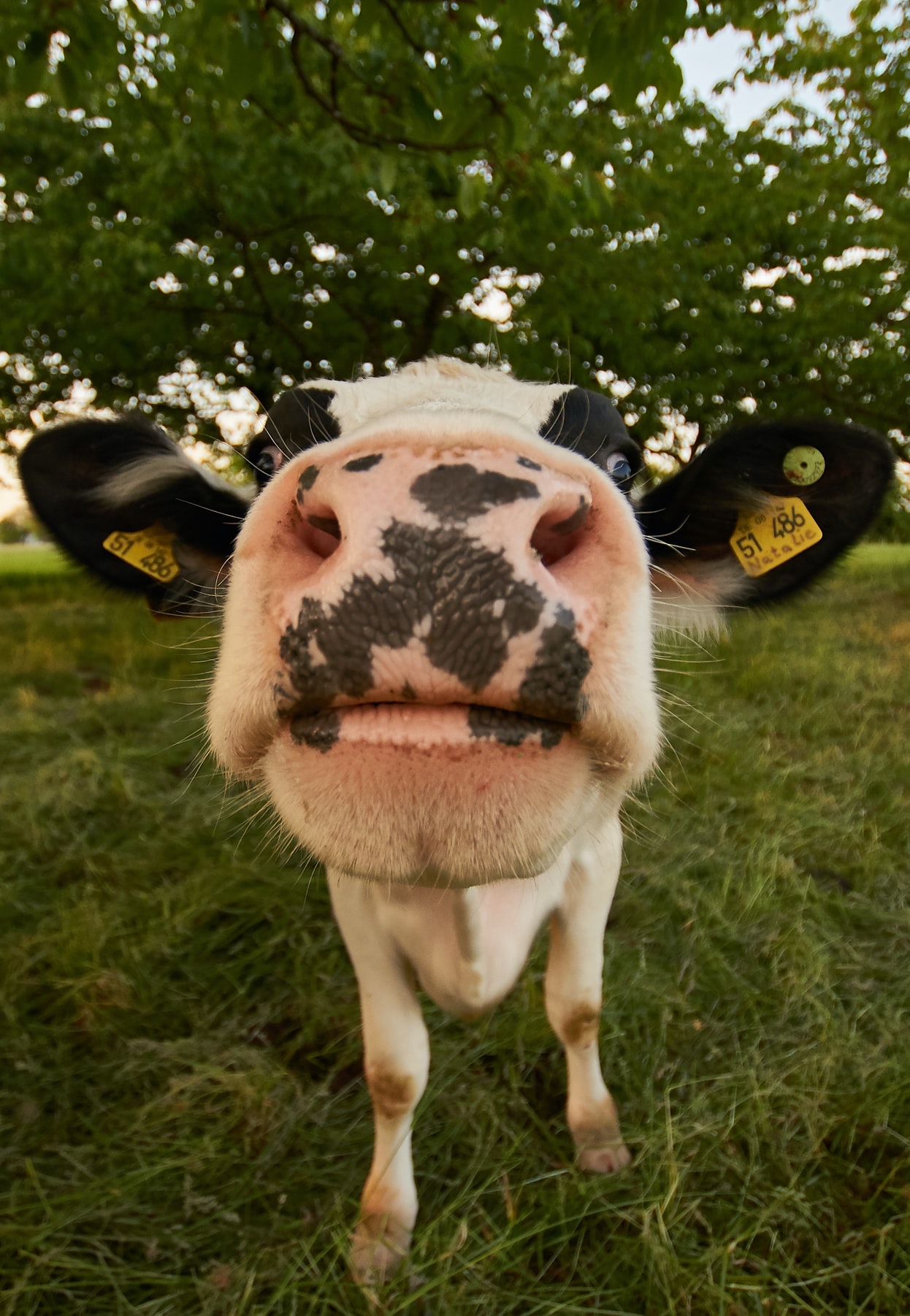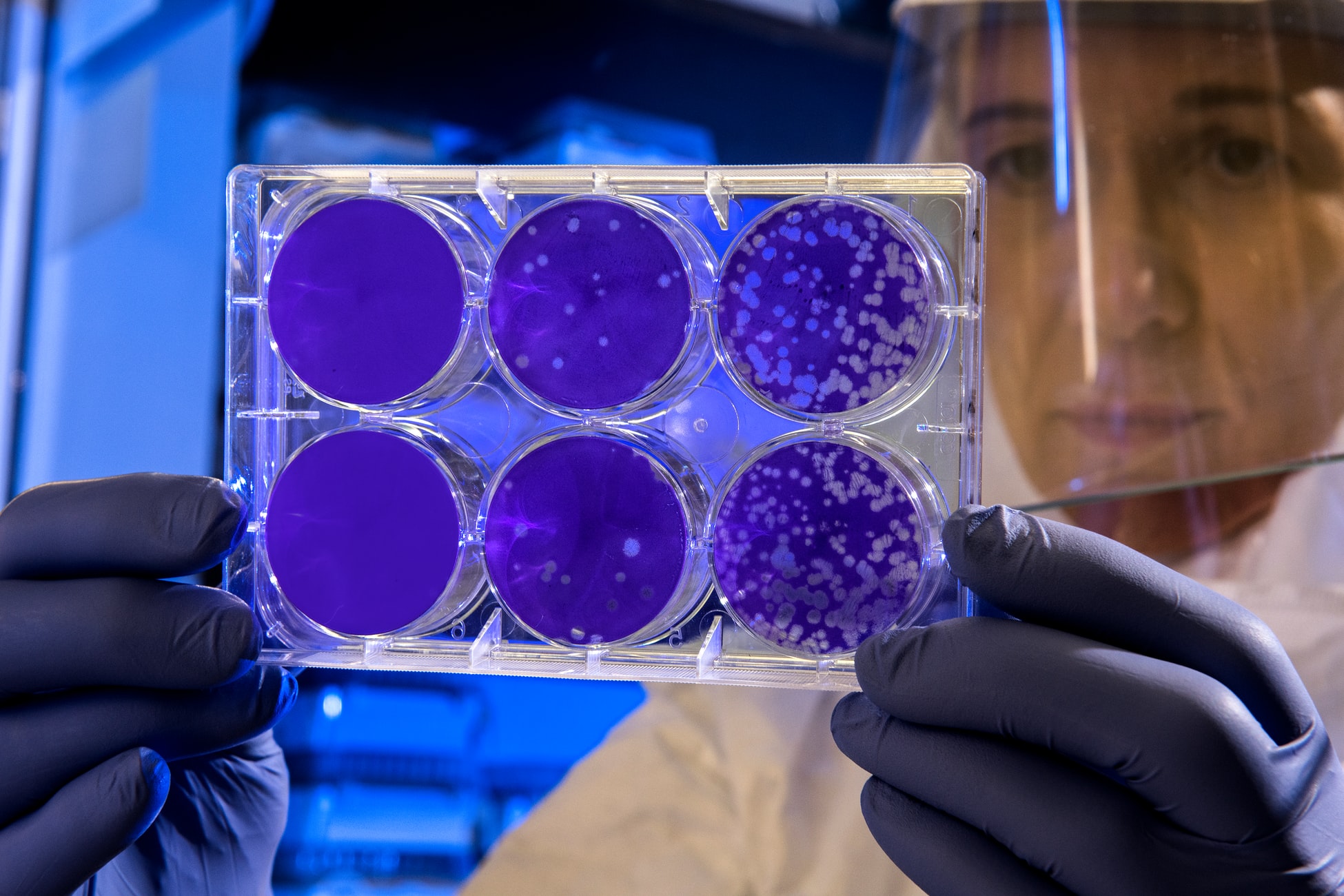
- Sustainable Planet -
- 7mins -
- 258 views
The pros of cellular agriculture: 7 advantages of lab-grown meat
Cellular Agriculture takes nature’s most elemental building blocks – cells – and cultivates them to become true animal products without the need to raise and slaughter animals.
The benefits of lab-grown meat and cellular agriculture
Given the now widely-acknowledged negative impact animal-based products have on both human and planetary health, cellular agriculture has numerous benefits. Because cultured meat and cultured versions of traditional animal-based products are far less resource-intensive and have a lower carbon footprint, they can help to mitigate some of the problems we currently face. Lab-grown meat, cultured meat, or “clean” meat, is meat that is produced by taking a small sample of animal cells and then replicating them outside of an animal. It is set to change the world and will be on supermarket shelves and restaurant tables in the very near future. Here are 7 potential benefits of lab-grown meat.

Why lab-grown meat?
It tastes like meat, because it is meat– it is the exact same meat, just grown in a different way. Identical to conventional meat, but with zero animal cruelty, “clean meat” is healthier, produces far fewer greenhouse gas emissions and has many other advantages over conventional meat. Interested? You should be, say WorldAnimalProtection.org.

1. Zero Animal Cruelty
Of the 70 billion animals farmed annually around the world, approximately 50 billion of them are factory farmed. These animals are treated more like cogs in a machine, than living, breathing, feeling animals. They endure short, miserable lives and are often crammed together in cages, crates or pens where they are unable to engage in natural behaviour. Many animals are even selectively bred to be fast growing; lameness, weakened or broken bones, infections and organ failure are all common place. Clean meat has the potential to end the suffering of billions of farm animals every year.

2. Less saturated fat means people will live longer
Clean meat will be better for us, as producers will be able to choose exactly how much fat should be included in each burger, sausage or steak. Clean meat producers may even be able to replace the saturated fatty acids with healthier alternatives such as omega-3 fatty acids. It’s possible we’ll soon see “no cholesterol” and “no saturated fats” varieties of popular foods on supermarket shelves.

3. Less antibiotic resistance could save people’s lives
A world without effective antibiotics is a terrifying prospect that could mean millions of people will die from what are currently minor health issues. The overuse of antibiotics in farming has been highlighted as one of the biggest emerging threats to human health, as we build up resistance to vital drugs. Essentially many common infections will no longer have a cure and will, once again, kill in huge numbers as they did hundreds of years ago. If antibiotics lost their effectiveness it would spell the end to modern medicine. Clean meat requires zero antibiotics.

4. No growth hormones
Cows in countries such as the United States and Canada are given hormones to make them grow larger and produce more milk than they would naturally. These hormones are banned in Europe as scientists are worried these hormones could pose health risks to people. Clean meat requires zero growth hormones.

5. No bacterial contamination
Many nasty food-borne bacteria such as salmonella and E. coli live in animals’ intestines and are spread through their faeces. The process of slaughtering animals and preparing meat can lead to contamination. E. coli infections can cause severe stomach cramps, vomiting and diarrhoea. As clean meat won’t produce faeces, people will be able to eat cruelty-free hamburgers, without worrying about bacterial infections.

6. It will eventually be cheaper than conventional meat
Clean meat is currently incredibly expensive to produce at over $2000 for a single pound of meat – people won’t pay $500 plus for a quarter pounder. We shouldn’t be too worried though – prototypes of anything, whether it be cars, mobile phones or plasma televisions are always incredibly expensive before becoming very affordable. When the first clean meat burger was created a few years ago, it cost more than 300,000 dollars. So, there’s already been a massive cost reduction, which is set to continue as clean meat companies work out how they can scale up production. Prices should eventually be comparable to conventional meat.

7. Global hunger could be reduced
Today, almost 11% of the planet’s 7.5 billion people suffer from undernourishment of which 821 million suffer from chronic hunger. If we can’t feed everyone now, it’s vital that we take drastic action. Clean meat requires 99% less land and five times less water. Clean meat could allow many more people across the globe to access high quality meat at a sustainably lower environmental cost.
The multiple benefits of cellular agriculture are hard to ignore
In the context of our food system, cellular agriculture offers great potential for solving some of the most pressing environmental problems of our time. Animal agriculture contributes to climate change, methane emissions, extensive land use, rainforest destruction, loss of biodiversity, and soil pollution, say Proveg International.
A 2011 life-cycle assessment showed that cultured meat could result in a reduction of 78-96% of greenhouse gas emissions, 95% of land use, and 82-96% of water requirements, compared to conventional meat production. The same study suggested that cultured-beef production would require up to 45% less energy.
Growing cultured-fish and seafood products instead of using conventional fishing and aquaculture could greatly help to protect our seas and marine wildlife. Today, more than 90% of fish stocks are considered either overfished, exploited, or close to the point of un-sustainability. Overall, 12% of total global fishery production (about 20 million tonnes) is used for animal feed and fish oil.
Animal agriculture subjects billions of animals to immense physical and emotional suffering. These sentient and intelligent beings are denied even their most basic needs, enduring extreme confinement, squalid conditions, poor health, mutilations, and slaughter. Factory farming today causes great suffering to more than 75 billion land animals, tens of billions of farmed fish, and 800 million to 2.3 trillion wild fish, all of whom are sentient beings and have complex social lives.
Cellular agriculture could result in a dramatic reduction in animal use and slaughter, and presents a major step towards improving animal welfare.
Cultured products have the potential to be safer and healthier than conventional animal-based products. With no animal husbandry involved, there would be a vastly reduced risk of contamination from pathogens such as Listeria, E. Coli, or Salmonella, as well as a decrease in zoonotic diseases such as mad cow disease, swine flu, avian flu, and Covid-19.
In addition, growing cultured-animal products offers the potential for improving their nutritional composition. In meat, for example, saturated fatty acids could be replaced by omega fatty acids, creating a cholesterol-free product. This would have a beneficial effect on cardiovascular diseases, considered the leading cause of death, globally.
Cultured seafood would also be free from plastic and mercury – two common sources of contamination in seafood today.
With a growing world population, the breeding, raising, feeding, and slaughtering of animals is an unsustainable and highly inefficient way to produce food. Animal agriculture uses enormous amounts of resources by feeding plant proteins to animals in order to produce animal proteins, resulting in a highly inefficient conversion ratio.
Cellular agriculture can help to free up resources that are currently used for animal agriculture, including 75% of global maize production, a third of grains, and two-thirds of soya, as well as 20% of freshwater. In addition to saving resources, cellular agriculture would only produce targeted products, avoiding any wasteful surplus.
The above are excerpts from a much longer and in-depth article What Are The Benefits Of Cellular Agriculture? by Proveg International. To read the full article, click here. — Source: Proveg.com
If this subject interests you, another fascinating and highly recommended resource for all things Cellular Agriculture is Cellag.org

